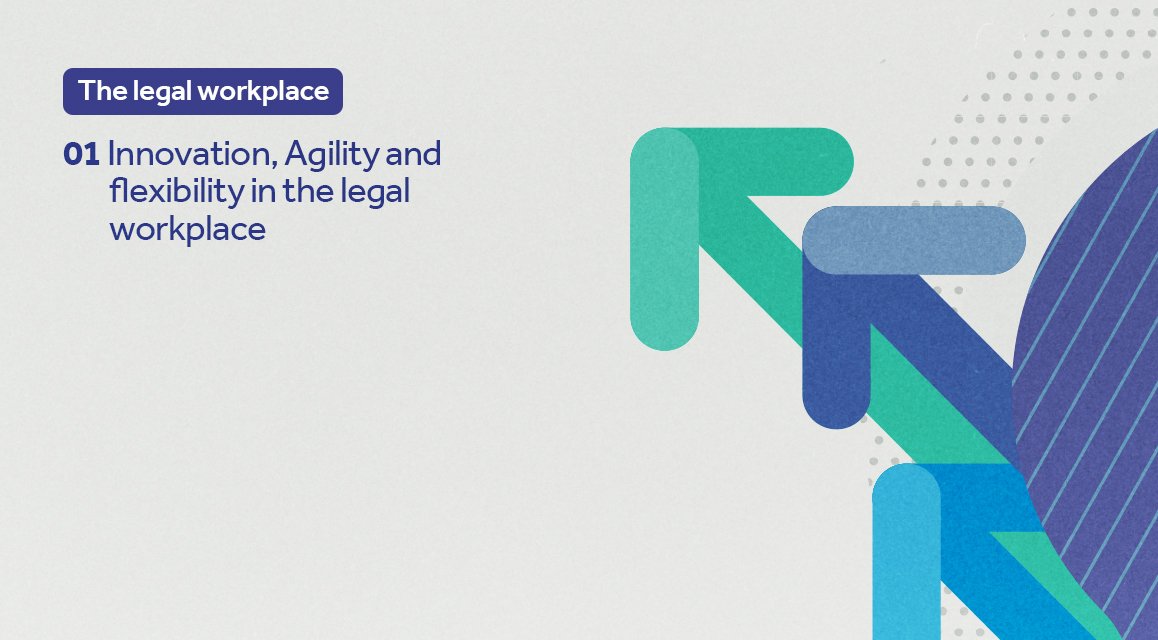
When it comes to innovation, new technologies (perhaps AI, blockchain or new uses of data) are almost too obvious to mention. Many law firms of all sizes are already either developing their own bespoke applications or using off-the-shelf programs. Technology is just a tool: a means to an end. What matters is what you do with it, and what else you’re doing that’s important to both clients and candidates.
"About one-third (30%) of law firms have someone dedicated to the responsibility of law firm innovation."
– Chris Cartrett, Aderanti
The commoditisation of practice, increasing automation and the rise of a new generation – who are ready to find traditional methods boring and outdated – all suggest that innovation is needed right across a law firm if it’s to survive these extraordinary times of disruptive change.
While technological innovation inevitably has its place, there are plenty of other ways in which law firms could, and should, explore new approaches. Here’s our immediate top 10:
- New ways to engage with and include clients, and add value to their work
- New ways to make justice accessible to new clients
- New types of cases arising out of social, business and technological disruption
- Collaboration with other firms, including overseas – even on a client or project basis
- New ways of working, including how and where people work, and with whom
- Alternative ways of structuring and organising the firm
- Different models for how and where the firm is physically located
- New ways to recruit, develop and retain a more diverse workforce
- Introducing new, non-legal roles to develop and grow the firm
- New ways to generate and support new ideas from within.
The first four points above deal with the market, while the remaining six deal with the firm and its own methodologies. And the interesting thing about this is that quite often it’s the smaller firms, able to be more externally vigilant and internally nimble, which can innovate before the larger firms – even if they can’t match their resources. And those are the firms whose activities will be heard by, and appeal to, the brightest and most innovative graduating lawyers.
Josias Dewey is a partner at Holland & Knight in the USA, a firm of around 1,300 lawyers. With his abilities in coding, he has addressed not only technological innovation but also points (3) and (9) above. He co-created a tool which helped a client “locate and freeze $500,000 in virtual currency it had lost as the result of a hack.”ii Although Mr Dewey is at a larger firm, the confluence of non-legal skills and market disruption is equally the sort of thing which young recruits and smaller firms are well-placed to tackle. Especially given the increasingly multi-disciplinary approach of many leading law schools.
 More like this – but much deeper?
More like this – but much deeper?
The 200 page book details all you need to know about current and future trends for your legal workplace and includes topics such as: AI, generations in the workplace, talent acquisition, work styles, client experience, and more.

.jpg?width=383&height=348&name=Sharing-Knowledge-Article-03N%20(1).jpg)
